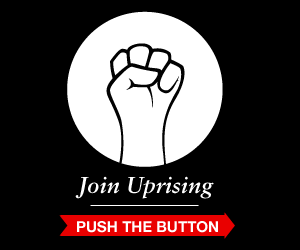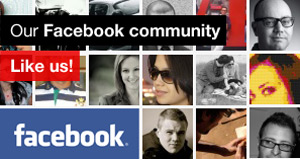The Social Fabric Movement
Posted on 4th Jan 2012 by Mehdi Mollahasani in BlogOver the past fourteen weeks, I have been working on a cause marketing assignment at the Creative Advertising Program at Seneca College. We were given an opportunity to choose a cause and a client of our choice. I selected traffic congestion as my cause, which is an issue that has been ignored for far too long. As my client, I picked IBM who has been a global leader in building smarter cities and a smarter planet.
This was an opportunity for students to individually work on an integrated marketing campaign from the beginning to the end. I was responsible for research, strategy, budgeting, media planning, creative strategy and creative recommendations. Since I have been very interested in movement marketing, I decided to spark a movement.
Approximately, 80 percent of Canadians live in urban areas and 85 percent of drivers have never used mass commuting in their lifetime. Over time, the number of cars is increasing dramatically and consequently causing more traffic congestion in big cities in Canada like Toronto. This raises questions about sustainable mobility in Canadian cities. Currently there is no national mobility strategy to prevent the harmful impact of this problem on our economy, environment and health.
Through my limited field research, I came to an understanding that individuals do not have a positive perspective on their local transit systems. These transit systems lack positive brand recognition and they only make the news during a crisis. Moreover, most individuals are either not aware of available tools that can ease their daily commutes, such as Google maps and traffic reports, or they just choose not to use them.
Of course, there is no transit system in the world that is more accessible than walking up to our cars and driving to our next destinations. At the same time traffic congestion might take away a part of this convenience. However instead of getting involved in a losing debate of convenience, I decided to focus on the social experiences of mass commuting while introducing drivers to an alternative form of transportation.
In order to achieve this goal, I had to rely on the community that uses these transit systems. There are many types of interactions and social experiences taking place in these transit systems, however it seems that only the negative comments make it to the online conversations. I wanted to create a platform for positive conversations and experiences in order to bring together these communities that shape our cities. The Social Fabric Movement is meant to become the center of our cultural interactions.
How does the Social Fabric Movement work? I decided to give each transit route a hashtag and as a metaphor call them Threads. As people use and engage with the hashtags, the threads will appear on the interactive map, which can be accessed by the website and the mobile app. As the threads come together, they will eventually form a fabric. All major cities in Canada will unofficially compete against one another to engage and weave their Social Fabric.
The campaign will use the most inspiring stories to communicate with our target audience during the morning and the evening rush hours. These messages will be used to provide a more realistic perspective of mass commuting. It will be a huge challenge to get people out of their cars. However, the challenge will be valuable if at the end, there is even one less car in our streets.
There are many things that I have learned during this campaign. For starters, our mass commuting social exchanges shapes our cities, however these interactions are currently fragmented and do not fall under a unified brand. This provides an opportunity that will enhance our public spaces and empower citizens throughout urban areas in Canada. This movement should also be bottom-up, as we need to involve the community to participate in decision-makings for the campaign. At the end, not all movements become successful. Sometimes it takes more than one try to make a change.
blog comments powered by Disqus





